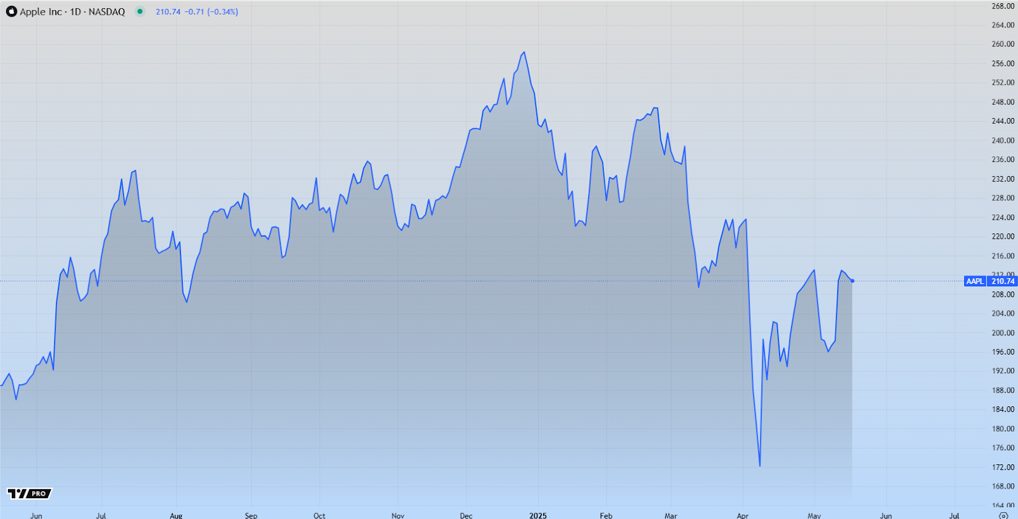You have an employee who has diligently performed their duties and contributed significantly to business success. You know you need to recognize their effort and accomplishments — but should you leave a handwritten note on their desk thanking them for their work, or should you announce your appreciation for the rest of your staff to hear?
Public praise and private praise both have their place in modern businesses, and knowing when to deploy them requires understanding the benefits of these different types of recognition. Whether you are developing employee recognition programs to serve the needs of your organization or you are looking for tips to help with unstructured appreciation, here’s what you need to know about public and private praise in the workplace.

Private Praise
Private praise is any kind of recognition that does not turn the spotlight of workplace attention on a single employee or team. Some examples of private praise include:
Handwritten letters and thank-you notes, or a positive email of recognition
Face-to-face gratitude and acknowledgement of specific actions
A small token of appreciation left on a worker’s desk or sent to their home
Ultimately, any form of recognition that is shared directly between business leader and worker without an audience constitutes private praise. So, why should you provide praise in private, and what is the potential downside?
Pros
Less likely to interfere with intrinsic motivation. Employees experience two types of motivation: extrinsic and intrinsic. Extrinsic motivation comes from rewards or punishments in their environment, like wages and gifts or disciplinary action. In contrast, intrinsic motivation comes from within; it is a type of esoteric drive that each employee enjoys as a means of pushing themselves to do more and better for their own reasons. Unfortunately, certain types of extrinsic motivation can chip away at intrinsic motivation, meaning businesses need to provide increasingly more rewards for the same level of work. Private praise tends to be more supportive of intrinsic motivation and less likely to ruin a worker’s internal drive.
More comfortable for some shy and introverted employees. Many employees in your workforce do not appreciate being in the spotlight. For these employees, the prospect of public praise is uncomfortable and might even convince them to underperform as a means of avoiding public displays. This isn’t to say that shy and introverted employees do not require recognition; all workers should be enrolled in employee recognition programs. Rather, business leaders need to use private praise to affirm the importance of an employee’s behavior while respecting their social boundaries.
Cons
Does not provide guidance to the rest of the team. One of the most useful benefits of recognition is that it can signal to the rest of the workforce what leadership likes and wants from its employees. However, because private praise is shared only between a leader and a worker, the rest of the team does not get any insight into why or how that worker’s performance is appreciated unless a worker decides to share about the praise they receive.
Public Praise
Public praise is recognition for actions or behavior that is witnessed and celebrated by other members of the organization. In most workplaces, public praise is the most common form of recognition; you are likely familiar with the following forms of public praise:
A shout-out in a company newsletter
An expression of appreciation in a company meeting
An employee profile on a business social media page
A monthly or annual award
Many types of public praise are planned, but public praise can also be spontaneous, like a handshake in front of the team. Are there any benefits to public praise, and what dangers do you need to watch out for when providing praise in public spaces?

Pros
Provides a sense of camaraderie. When one worker succeeds, the rest of the team succeeds, so when one worker celebrates, the rest of the team should celebrate, as well. This one-for-all, all-for-one system of recognition builds a sense of community within the workplace, giving every worker a sense of support.
Demonstrates workplace expectations. Seeing which employees are most often rewarded for their performance and behavior allows new and underperforming workers to understand what business leadership wants and needs. What’s more, it allows workers to develop their own expectations for how their employer will treat them, which can foster a stronger sense of loyalty.
Cons
Could generate an inflated ego. Often, a goal of supplying praise is to boost an employee’s confidence and thereby their performance. However, it is possible to build too strong of an ego in an employee. Employees who think too much of themselves can exhibit destructive behavior in the workplace, which can impact the performance and satisfaction of other employees over time.
As a business leader, you are tasked with important decisions regarding how to recognize the effort and achievement of your workforce. By understanding the advantages and disadvantages of private and public praise, you should be better at deploying each when it is most called for.





